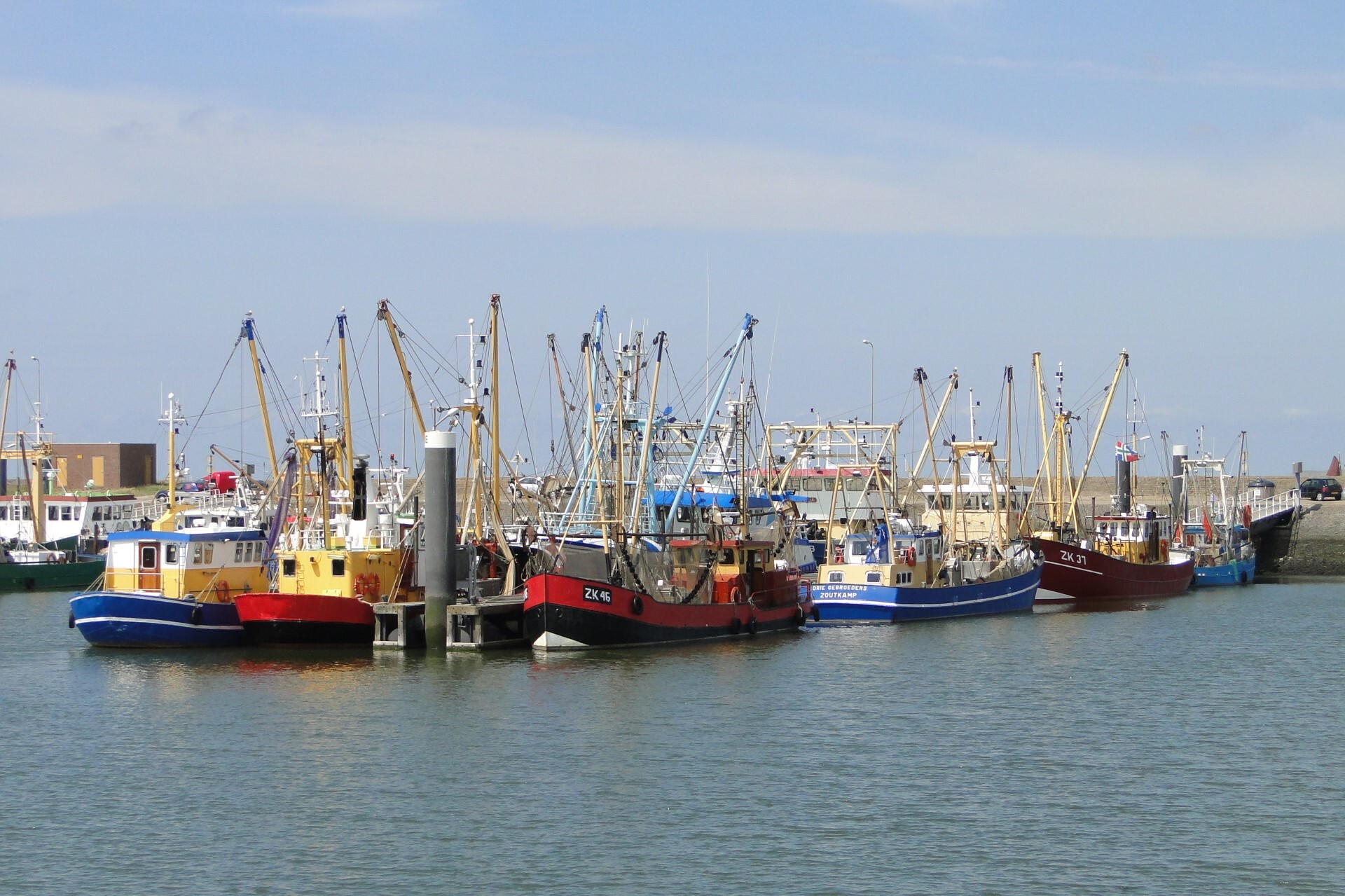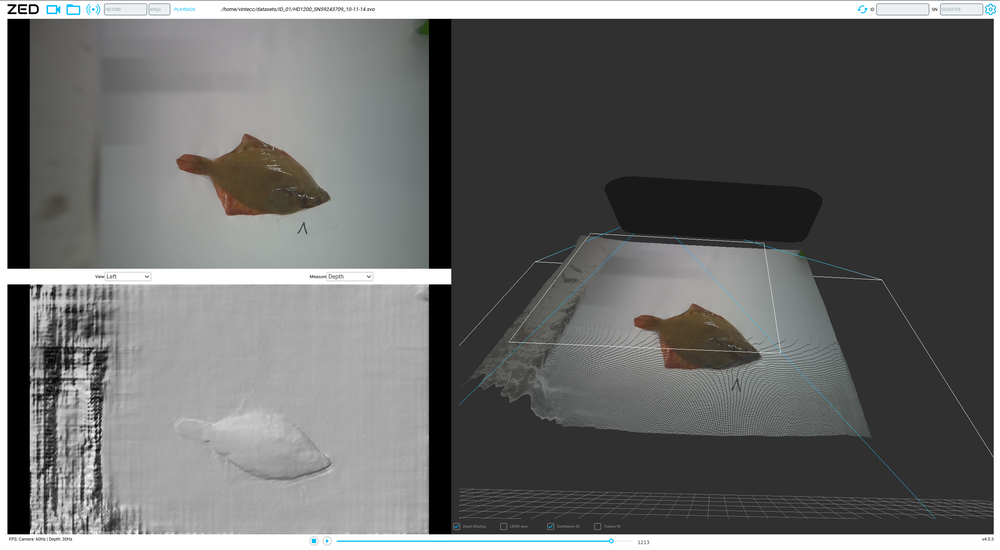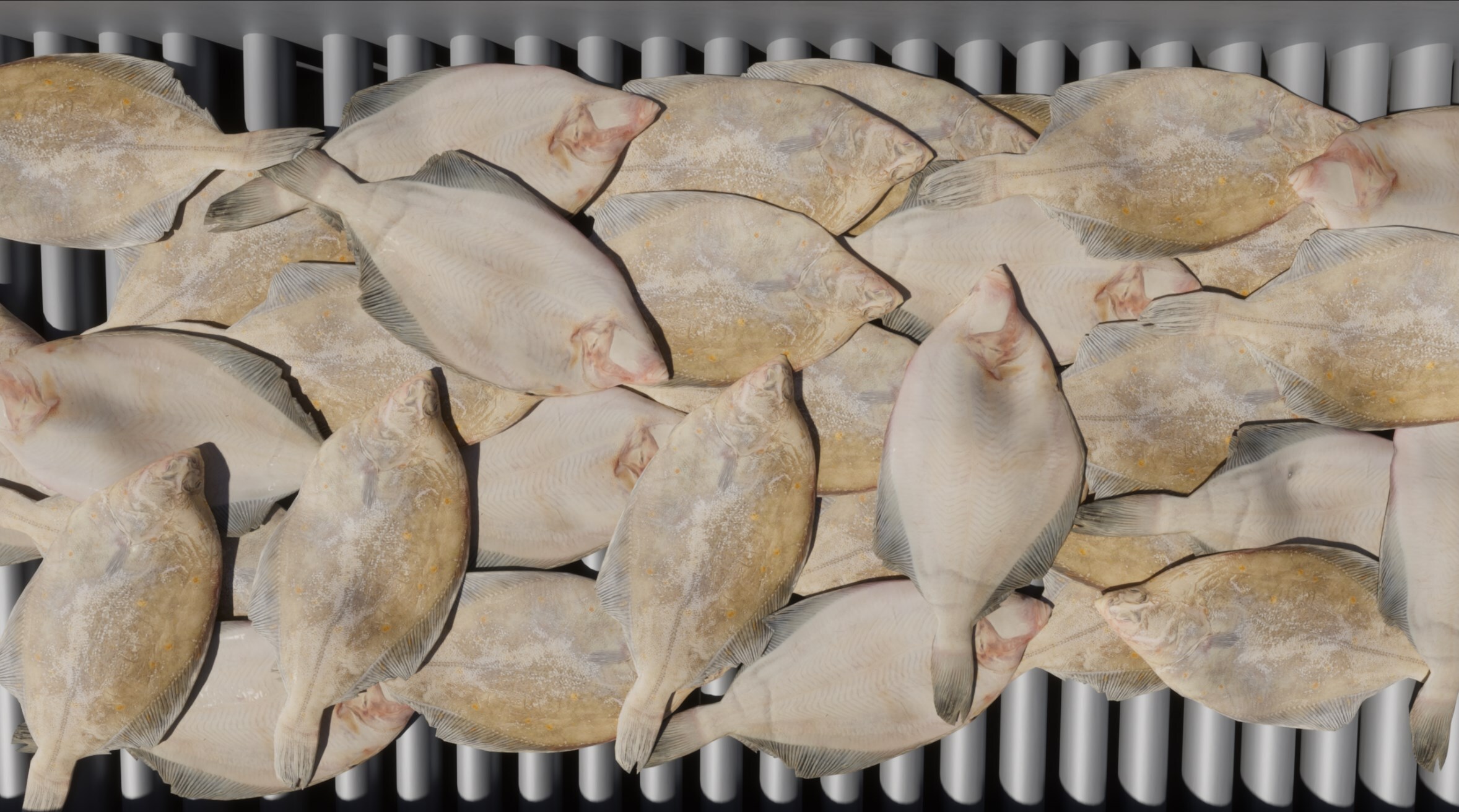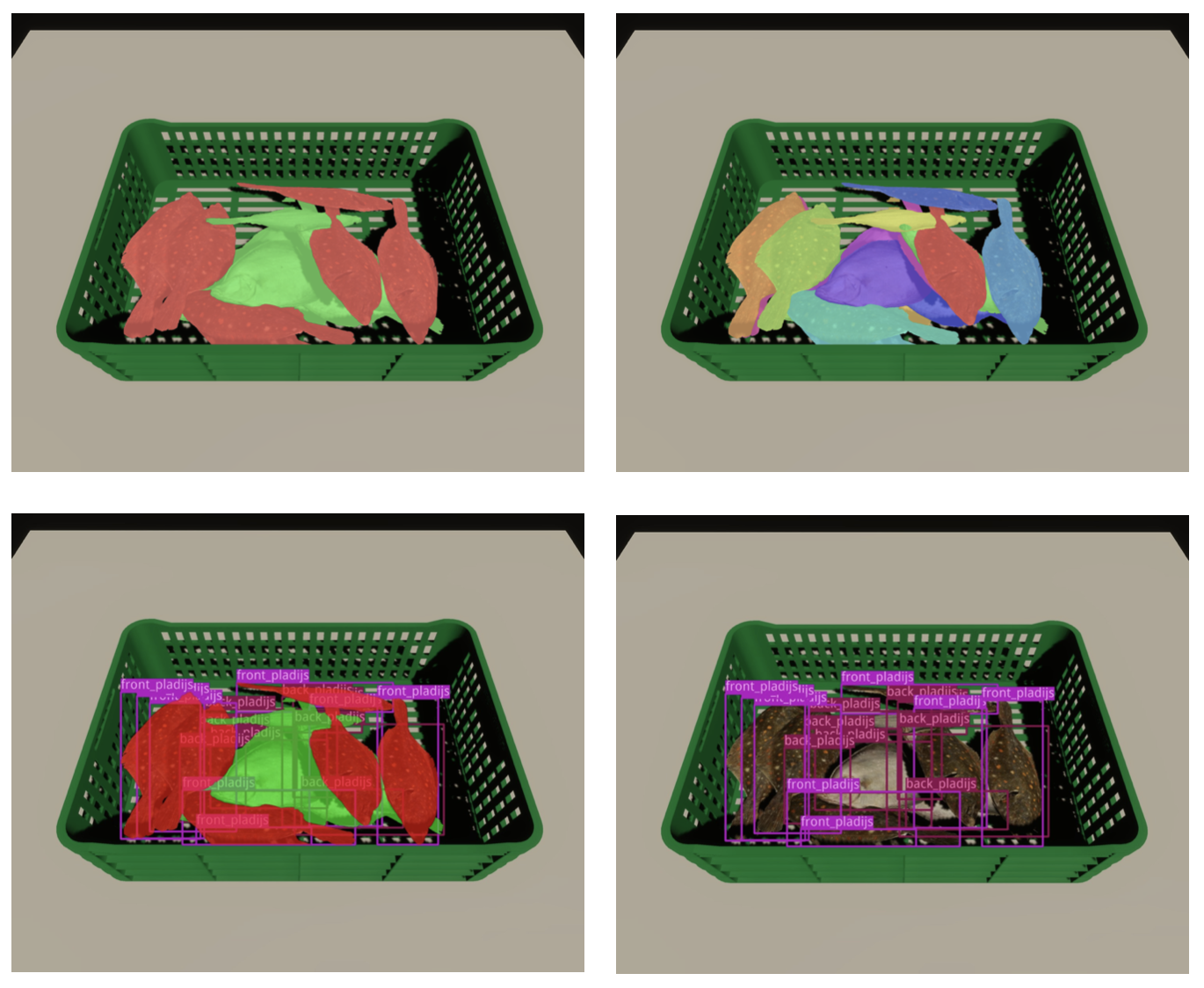virtual fish tell us how healthy our fishing grounds are
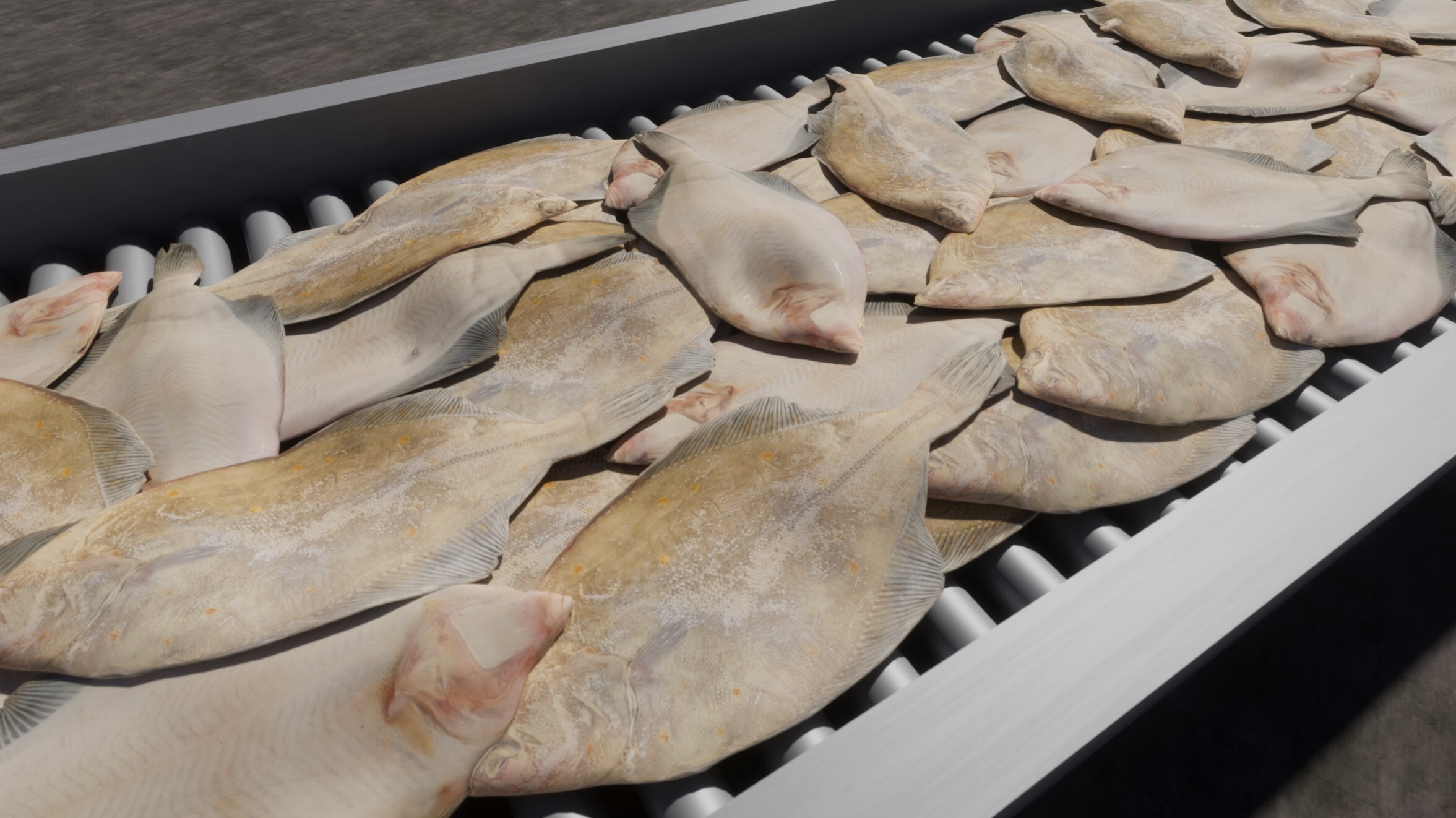
About
Company
ILVOLocation
Oostende, BelgiumCompetences
computer vision
machine vision
synthetic data
product recognition
research institute for fisheries
virtual fish will tell us how healthy our fishing grounds are
relevance
This project by ILVO - Flanders Research Institute for Agriculture, Fisheries and Food - aims to check how healthy fish stocks are and how much can be caught without putting pressure on the stocks.
By using machine vision and deep learning techniques the analysis of what is caught by the Belgian fishing industry can be widen. Currently seagoing observers/researchers from ILVO, are limited in their capabilities aboard of the vessels.
Thanks to AI-driven image processing on more fishing vessels, including fishing vessels where no external observers are present to count and measure fishing quota, determinations can be made in more detail.
"We started synthesizing plaice. What it comes down to is that we collect as much data as possible about that one fish, such as its texture, images of the oven and bottom, and the various shapes and sizes it can take. You can quickly see which data is not good enough and that is an important advantage of working with synthetic data."

Sander Delacauw
Researcher - ILVO
challenges to overcome
To train the AI-driven image processing and optimize the AI-model, a large amount of annotated/labeled image data is required.
In itself it is a very classic application: if you have shown an AI-algorithm enough images of a certain product, it will eventually be able to recognize it itself.
The method is often used to sort or check products on a conveyor belt. But in the complex environment of a fishing boat, with poor lighting and all kinds of fish criss-crossing each other, it is virtually impossible to train the model in that classic way.
Say hello to synthetic data
vintecc therefore uses a relatively new but fast-growing concept in the AI world: synthetic data.
1 create large & various datasets
- You do not train the system on data from the real world, but on a simulation of it. 'We started synthesizing plaice. It means that we generate as many digital variations as possible of that one fish, based on real data such as its texture, images of the different sides of the fish, the various shapes and sizes it can take...', says ILVO researcher Sam Vanhoorne.
2 train & iterate the AI-model fast
- With all this data, a dataset is built with which the algorithm can be trained, after which it is tested in the real world.
- You can quickly see which data is not good enough. That is an important advantage of working with synthetic data. Ultimately, the model should be able to recognize more than 15 commercial fish species.
and the result?
Many AI applications can be developed or accelerated with synthetic data. It is a useful technique, especially for recognizing objects with a wide variety. These can be biological products such as fish and plants, but also skin infections or certain minerals.
1 scaling from to 100% monitoring on the vessels
- Currently, only a small percentage of the Belgian fish catch is monitored due to the limited number of ILVO observers.
- With this system, observers and a camera system will start working complementary to each other allowing to scale up to 100% monitoring of fish catch, step by step, over time.
2 the project made it to national television - VRT NWS
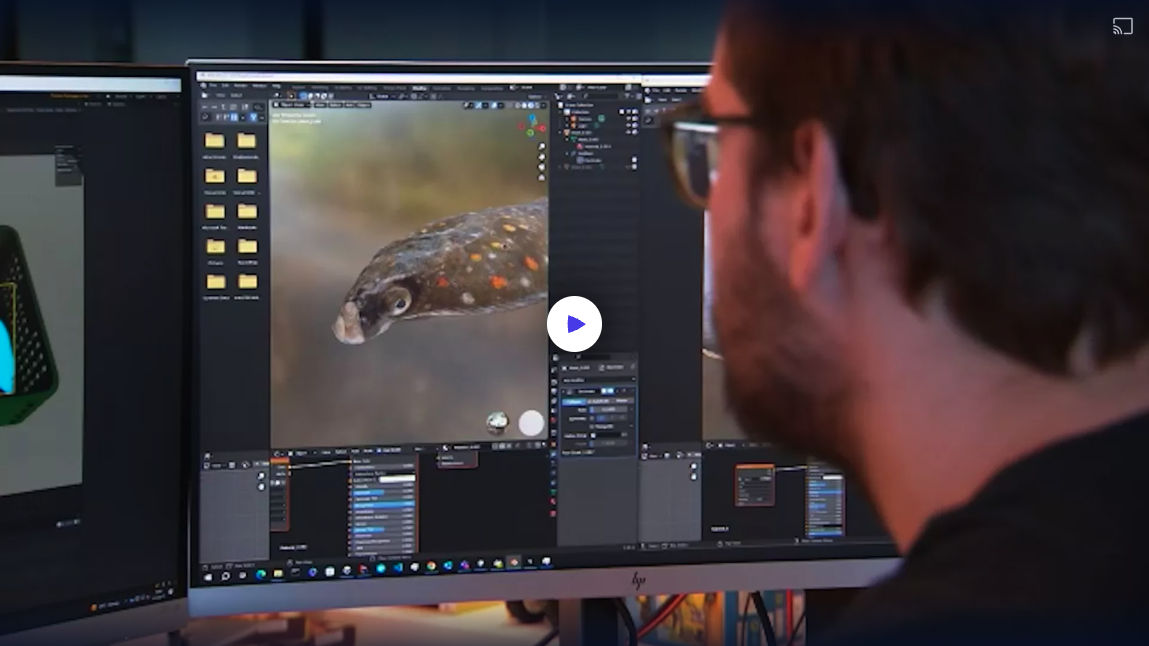
3 better prediction of good & healthy fishing grounds
- Knowing how healthy the Belgian fishing grounds are allows ILVO to forecast and predict good fishing areas so can provide the Belgian fishery sector with better and objective advice.
